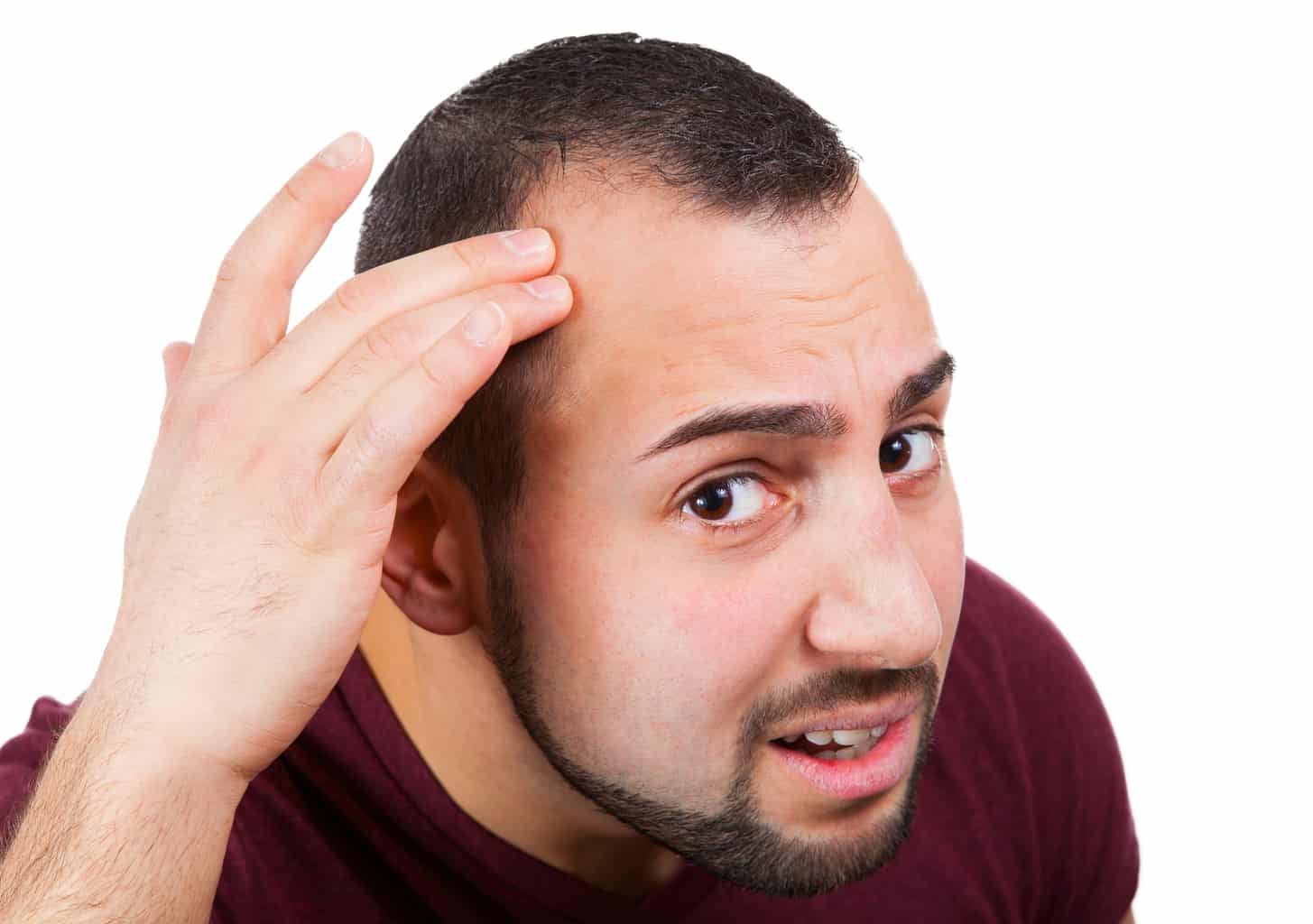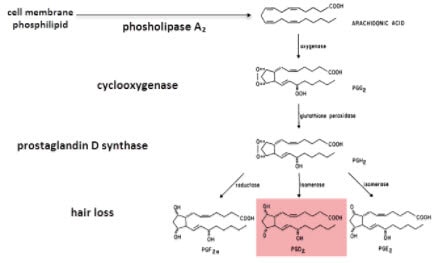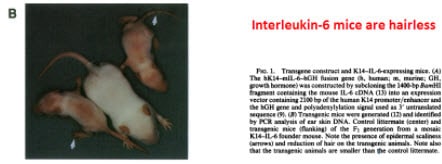
[cmamad id=”14245″ align=”center” tabid=”display-desktop” mobid=”display-desktop” stg=””]
It’s right there in your kitchen…it can regrow thick, strong hair even if a man only has a bit of peach fuzz left on his scalp.
——-Important Message——-
How these five blood pressure chemicals cause erectile dysfunction.
If you are taking any of these five blood pressure chemicals, you may need to talk to your doctor.
These chemicals (prescribed by your doctor) actually clamp down on the arteries that feed blood to the penis.
They act like a vice grip on the penile chamber, cutting off blood flow to your penis, leaving it limp and lifeless.
It’s not your fault. It’s the blood pressure chemicals.

—————-
Why aren’t more men using this hair growth formula?
Vitamin D is absolutely necessary for hair growth in several ways.
First, it decreases prostaglandin D2 levels by radically lowering interleukin‐6 production (prostaglandin D2 is the single greatest risk factor for hair loss).
Also, vitamin D is generally considered to be anti‐inflammatory.
And here’s more: Vitamin D transcribes the keratin 31 gene, a protein found in hair.
As an actual constituent, you could even say that it is hair.
“The vitamin D receptor is expressed in the outer root sheath and the bulb of hair follicles as well as in sebaceous glands… But the role of vitamin D or the vitamin D receptor in hair growth is not understood.”
Mice lacking the vitamin D receptor on their skin are always completely hairless.
[cmamad id=”14246″ align=”center” tabid=”display-desktop” mobid=”display-desktop” stg=””]
This happens even in mice given enough calcium to rule out secondary effects…

Vitamin D deficiency reduces calcium absorption and raises parathyroid hormone levels.
These researchers wanted to find out if the hair growth effects were related to this in any way.
So they fed the mice extra calcium, completely normalizing their blood calcium levels and their parathyroid hormone.
This allowed the researchers to investigate the effects of having no vitamin D receptor (without any confounders).
But these mice remained hairless…
And that shows that vitamin D influences hair growth for some other reason.
“However, alopecia was still observed in the vitamin D receptor-ablated mice with normal mineral ions, suggesting that the vitamin D receptor is required for normal hair growth.”
Vitamin D does have many other effects on hormones or on the immune system.
The vitamin D receptor transcribes DNA directly.
This receptor, as it turns out, also transcribes dozens of other genes that have absolutely nothing to do with calcium.
One of these genes is for keratin 31.
Vitamin D, it appears, is needed for the expression of this essential hair protein.
“The vitamin D receptor is required for beta-catenin-induced hair follicle formation in adult epidermis. And the vitamin D analog EB1089 (seocalcitol) synergizes with beta-catenin to stimulate hair differentiation.”
Keratin 31 is a hair protein, and vitamin D increases it fourfold…

Can hair form at all without this protein?
Could thinner or slower-growing hair be produced with just the other keratins?
Apparently not…
Mice lacking the vitamin D receptor are completely hairless – and this has nothing to do with calcium.
Mice can be made hairless through engineering with excessive mineralocorticoid receptors.
This suggests the role that cortisol and aldosterone (the activators) play in hair loss.
“Hair differentiation was assessed by hair keratin Ha1/KRT31 (Ha1). The hair keratin Ha1/KRT31 was highly expressed in the inner root sheath in the control skin (Figure 3a and 3b, Ha1 staining in green).”
This is probably because cortisol upregulates the enzyme that makes prostaglandin D2.
This is how prostaglandin D2 and cortisol – the two hormones linked most powerfully to hair loss – interact and overlap.

Besides being necessary for the creation of hair protein, vitamin D has another beneficial effect on hair.
And it has beneficial effects that can translate elsewhere…
Vitamin D is an immunomodulatory hormone shown to reduce cytokines.
The most powerful cytokines increase the enzyme phospholipase A2, which forms prostaglandins.
Cytokines are long‐ to medium‐range peptide hormones.
They travel from cell to cell and transfer information.
Vitamin D has been shown to reduce these in the prostate.
And also in the skin.

These researchers took skin cells, introduced vitamin D, and then irradiated them with ultraviolet light.
There was a substantial decrease in the cytokine interleukin‐6, but only in the cells given vitamin D.
“1,25(OH)₂D₃ (vitamin D3) treatment reduced UVB‐induced IL‐6 mRNA (interleukin-6 gene) expression and secretion 75–90%.”
Interleukin‐6 is a powerful cytokine that induces the enzyme phospholipase A2.
This enzyme works together with cyclooxygenase‐2 (another enzyme) to create prostaglandins.
Phospholipase A2 cleaves arachidonic acid (a polyunsaturated omega-6 fatty acid) from the cell membrane.
This then diffuses inside a cell where cyclooxygenase‐2 produces prostaglandins from it:

Whether prostaglandin E2 or D2 is ultimately formed depends largely on one enzyme, prostaglandin D synthase.
And it also depends on how much cortisol is available.
The enzyme phospholipase A2 is always elevated in people with rheumatism.
The inflammatory nature of this enzyme cannot be discounted since it greatly increases prostaglandin D2.
Prostaglandin D2 can act as a pressor agent and could decrease blood flow in the capillaries.
(A pressor agent elevates arterial blood pressure.)
“The results suggested a hair-growth-inhibiting effect for some interleukin‐6 cytokine family members.”
Vitamin D has been shown to inhibit interleukin‐6 by 75–90%.
But is this cytokine a particularly powerful one?
I don’t think interleukin‐6 should be underestimated.
Interleukin‐6 has been shown to release phospholipase A2 to an even greater extent than TNFα (tumor necrosis factor alpha) interleukin‐1.
“Of the three cytokines added individually, interleukin‐6 resulted in the highest level of phospholipase A2 produced, and a synergistic effect was observed when interleukin‐6 was combined with either interleukin‐1 or TNF (tumor necrosis factor).”
This says a lot… Interleukin‐1 and tumor necrosis factor alpha (TNFα) are usually considered the most powerful cytokines, along with interferon-γ.
Interleukin‐1 is powerful enough that it was discovered and named before the others.
Interleukin‐6 is even more powerful at releasing phospholipase A2.
This is probably why it has been shown to cause hair loss…

These researchers, after noting the effects of interleukin‐6 in other experiments, decided to investigate this further.
They found that the human hair follicle is naturally dominated by this cytokine, much more so than by other cytokines they tested for.
And this cytokine has been shown to cause hair loss.

In an earlier study, mice engineered to produce more of this cytokine on their skin were essentially hairless.
“However, the increased levels of messenger RNA (mRNA) for Interleukin-6 and Oncostatin M (OSM, another cytokine) suggest there may be a more complex role for these cytokines in hair growth.”
Prostaglandin D2 levels were not measured.
But, considering how well interleukin‐6 induces a requisite prostaglandin enzyme (phospholipase A2), you’d expect an increase.
Vitamin D reduces hair loss in two ways.
It increases keratin synthesis and it reduces interleukin‐6, a cytokine that directly causes hair loss. See below:

Although its effects are probably not as significant as those of cortisol…
…the hair-maintaining effects of vitamin D are undeniable.
Though living indoors is great, and hats can be fashionable or help keep us warm, neither of these things is natural for us.
A hundred thousand years ago we’d all be in tropics where it’s warm and sunny.

There is anecdotal data about the connection between vitamin D and hair.
But so far there has been no formal study on that connection.
However, there is lots of information showing that vitamin D reduces the risk of prostate cancer.
And, perhaps it does that by acting in the same way, by reducing interleukin‐6 – which is also high in prostate cancer patients.
“Interleukin-6 is a…cytokine that has been historically associated with prostate cancer.”
So the power of vitamin D should not be underestimated.
It has been found negatively correlated with prostate cancer.
It’s also been shown to be capable of lowering (and by 75–90%) the cytokine most associated with prostate cancer.
Vitamin D can be absorbed transdermally… and some people use it this way.
Vitamin D is especially important for those on a low calcium diet.
The ability of vitamin D to increase calcium absorption should be kept in mind.
The sun‐blocking effect of simply wearing hats (and lots of men do) does invite speculation on why hair loss often occurs where it does.
“TGF-α (transforming growth factor alpha) and interleukin-6 overexpression shared some features in common, including apparent retardation of the hair growth cycle and inability to stimulate major leukocytic infiltration.”
Although it’s long been accepted that vitamin D can only become calcitriol (the most active form) by going through the liver and the kidneys, this has been proven false.
Vitamin D can actually be transformed into calcitriol by skin cells.
——Important Message—–
Is today’s “diabetic” diet making men BALD and SICK?
This modern diabetic diet plan is high in bad fats and high in harmful compounds such as lectins…
Look at the diet being recommended today for diabetics:

It’s almost like this new diet is DESIGNED to make diabetics sicker and sicker…
No wonder the average diabetic man is given six different Big Pharma chemicals to take every day… And he continues to get sicker and sicker.
Watch this video that shows how certain “good for diabetics” foods make diabetes worse and worse.
————-

http://citeseerx.ist.psu.edu/viewdoc/download?doi=10.1.1.326.6898&rep=rep1&type=pdf
De Haes, Petra. "1, 25‐dihydroxyvitamin D₃ inhibits ultraviolet B‐induced apoptosis, Jun kinase activation, and interleukin‐6 production in primary human keratinocytes." Journal of cellular biochemistry (2003)
http://onlinelibrary.wiley.com/doi/10.1002/jcb.10540/full
Yu, Mei. "Interleukin‐6 cytokine family member oncostatin M is a hair‐follicle‐expressed factor with hair growth inhibitory properties." Experimental dermatology (2008)
http://onlinelibrary.wiley.com/doi/10.1111/j.1600-0625.2007.00643.x/full
Pálmer, Héctor G. "The vitamin D receptor is a Wnt effector that controls hair follicle differentiation and specifies tumor type in adult epidermis." PloS one (2008)
https://pdfs.semanticscholar.org/5d1a/bd9562792c66d40b10f1020a610f227b3b2d.pdf
Crowl, Robert M. "Induction of phospholipase A₂ gene expression in human hepatoma cells by mediators of the acute phase response." Journal of Biological Chemistry (1991)
http://www.jbc.org/content/266/4/2647.full.pdf
Turksen, Kursad. "Interleukin 6: insights to its function in skin by overexpression in transgenic mice." Proceedings of the National Academy of Sciences (1992)
http://www.pnas.org/content/89/11/5068.full.pdf
https://www.medicalnewstoday.com/articles/317036.php
https://www.mensjournal.com/style/6-best-fixes-hair-loss/5-propecia/
https://menhealth.in/natural-speed-hair-growth-tips-for-men/
https://www.realmenrealstyle.com/natural-ways-grow-hairfaster/
https://www.organicfacts.net/home-remedies/home-remedies-for-hair-loss-in-men.html
Hair loss is a common challenge that most men face in today’s modern world. Hair loss can have a devastating effect on a healthy man's self esteem and can lead to acute depression affect the quality of life. Not only do the change in diet and the increase in stress cause hair loss but in many cases there may be hereditary factors involved. Male pattern baldness or Androgenic alopecia is known as the common cause of hair loss among men but in addition to that, the lack of the necessary vitamins and minerals in the diet can also cause imbalances which can lead to hair loss.The best hair loss treatment include partaking a balanced diet and making sure that one take considerable care of the hair and its upkeep. When it comes to diet, the consumption of protein rich foods and healthy fats not only helps in the upkeep and maintenance of healthy hair follicles but it can also lead to cell generation and growth. B-vitamin rich foods like spinach, chicken, eggs, fish and pork are essential for the upkeep of the hair. Where Male pattern baldness is the problem ,specific medications like minoxidil (Rogaine) and finasteride (Propecia) are considered the best bets against hair loss. These medications helps by decreasing the level of DHT in the scalp which is the main enzyme that has been found to make the hair follicles in the scalp become thinner.Hair transplant surgery is also referred to people who suffer from hair loss. Usually the hair transplant therapy involves removing hair follicles from the back of the head and placing them on the scalp. Usually genetics play a very big role and is a common cause of hair loss. Laser light therapy is also a treatment where laser light is used to stimulate blood flow to the bald area to trigger the growth of new hair or make the hair follicles more active.
2. How to increase hair growth for men?
Hair plays a very important role in the personality of a man and thus it is natural for them to look for options to maintain their hair growth or in case where there are any factors which have triggered hair loss, to take steps to heal the same. Nutrition is very important for the increase in the hair growth for men. Inclusion of protein rich food like chicken, pork, eggs and fish is very important since it delivers the needed nutrients that are necessary to the scalp. Essential fatty acids and B complex vitamins helps to increase the hair growth among men and these are proficient in specific foods like walnuts, fish and avocado.It is also important to take Vitamin rich food especially Vitamin C, Vitamin E and Zinc since they help in maintenance of the hair follicles and protects from any hair damage. Vitamin C can be found in citrus fruits, strawberries and red peppers while zinc is sufficiently available in green leafy vegetables, cashew nuts, dry fruits, figs and berries.Finding ways to remove stress and tension from one’s life is very important since, an increase in both of it can cause hair loss in the long term. Following alternative practices like meditation and physical exercises can help to increase the blood flow and maintain the cell growth which can increase the hair growth among men. Natural oil treatment like coconut oil massage, olive oil massage and the use of organic natural shampoos can help maintain the natural health and boost the glowing vigour of hair among men.Biotin is a very important cell compound of the human hair and thus consuming the sources of this fat like salmon, oysters, avocado and nuts is a great way to boost the hair growth among men. It is also very important to at least have around 6 – 8 hours of sleep every day since sleep has been found to speed up cell production and can aid in the repair of the hair follicles. Sleeping also increases blood circulation around the hair follicles and can also boost the hair growth. It is also very important to make sure that one has good thyroid health if one is serious about boosting their hair growth. For people who suffer from hypothyroidism, it is a good idea to increase the consumption of sea vegetables like kelp, Kombu and wakame.

Leave a Reply